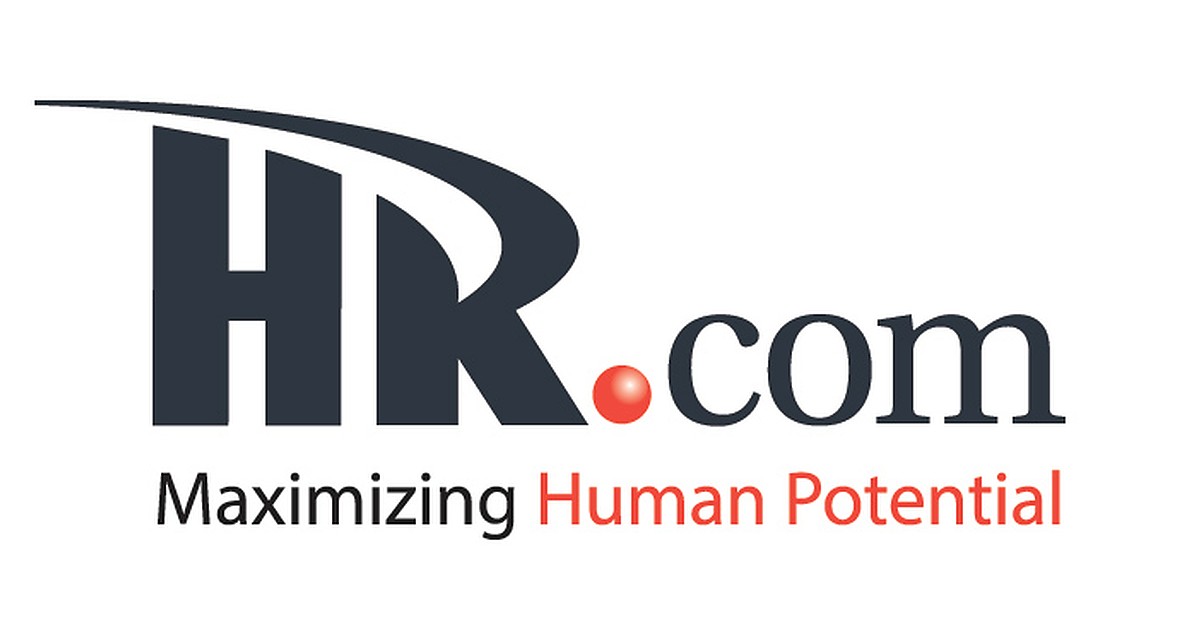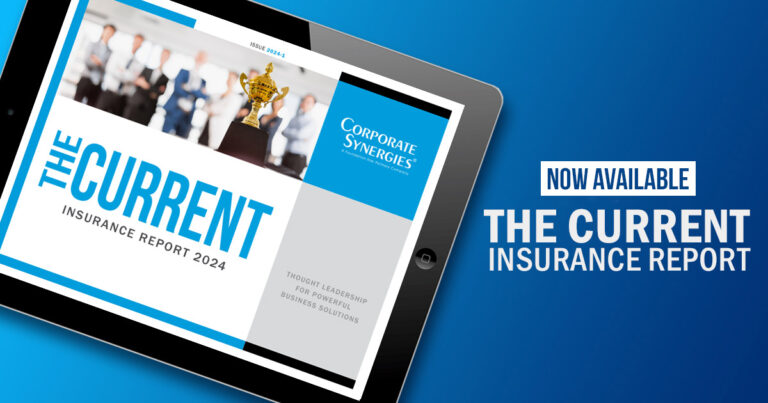
The point of a wellness incentive program is not to give people what they say they want; it is to inspire changed behavior, engagement, and desired results. Offering an incentive that aligns with wellness program participation is a progressive step. Employers should be rethinking how wellness incentives can drive health outcomes rather than simple participation. Creating this bond require a skillful translation of health behavior theory to application and a defined wellness strategy.
A long-term wellness strategy offers insight into the goals and future of your program and allows you to devise a complementary incentive plan. Corporate well-being programs can have a meaningful impact on your workforce and your organization’s productivity, but they can also come with large price tags. According to the annual “Employer-Sponsored Health & Well-Being Survey,” the average well-being program budget was $238 per employee in 2021. The median health and wellness incentive cost was $600 per employee. However, cash, gift cards, and prepaid cards often fail to engage employees long term, are difficult if not impossible to track, and cannot be tied back to behavioral analytics. A tailored incentive program can help ensure these funds are having the desired impact.
REACH PARTICIPANTS’ HEARTS, NOT JUST WALLETS
Wellness incentives need to create an emotional affinity for participants toward earned rewards. Behavior change is derived from passion, and passion comes from a combination of physical, social, emotional and intellectual dimensions.
Wellness incentives carry more meaning for the participant when they have a connection to the health behavior they are trying to adopt or change.
Tailored incentives communicate that at minimum we start here by rejecting cash, gift cards, and network branded prepaid cards, which often interrupt and break the pattern of pursuing health. Provide incentives that can only be used to purchase health and wellness items like healthy foods and supplements conducive to a healthy lifestyle; or items that influence and drive healthy behaviors.
FOCUS ON HEALTH ISSUES THAT IMPACT YOUR HEALTH CARE COSTS
Different workforces have different health drivers, and therefore, different behaviors to influence. Perform a full review of your available claims, pharmacy, workers’ compensation and disability data. This review is critical as this allows you to identify what is driving your health care costs. This will also allow you to not only focus on risk factors impacting your employees and spouses/partners on plan but also how your employees not on plan are affecting your organization’s productivity and profitability.
One common example would be pregnancy, often a high cost driver for plan sponsors. Offer a pre- or post-pregnancy swag bag filled with information and healthy items and incentivize early engagement in the pregnancy program. This could be $300 to enroll in first trimester, $200 for the second trimester, and $100 for the third trimester. Depending on your organization’s demographics and claims data, this focus could be obesity, hypertension, mental health or a combination.
MAKE SURE THAT EFFORT = THE INCENTIVE
Once these impactful wellness goals are identified, incentives can be customized to help achieve them. In the early stages of a wellness program, don’t assume that high reward will equal high participation. There are many factors of the design and implementation that also influence participation. Participants may feel distrust over the intent of the wellness program, that it’s meant to benefit the company not the participants. The positioning and communication of the wellness program will help define this perception.
Next, there’s the administrative effort involved with participating, separate from the actual health-related work you are trying to encourage. The learning curve for participants to fully understand the wellness program cannot be too steep. Complicated or unclear rules, deadlines, portals and platforms all add unnecessary effort and can distract from or outright dissuade participation.
Wellness incentives carry more meaning for the participant when they have a connection to the health behavior they are trying to adopt or change.
Likewise, it’s important that the incentive you are offering is equal to the effort you are asking your employees to make. The current rule of thumb: A $400-$600 healthcare premium discount will impact participation. However, simply asking your participants to get a biometric screening is not worth a $600 annual discount. What happens when you also ask them to do more? It’s important to ensure you budget for latitude to increase your incentive as you increase your participant’s engagement.
Wellness programs have evolved beyond basic weight loss challenges and now seek to empower employees to invest in their well-being both in and out of the office. Over the next 3-5 years, three-fourths of employers anticipate expanding well-being programs and resources. Especially for mid-sized organizations, one-size-fits-all incentives won’t have the desired impact. Refocusing wellness incentives on driving specific health outcomes for your unique workforce will help generate a return for employers and meaningful change for participants.
View Gary’s Webinar for More on Wellness Programs:






